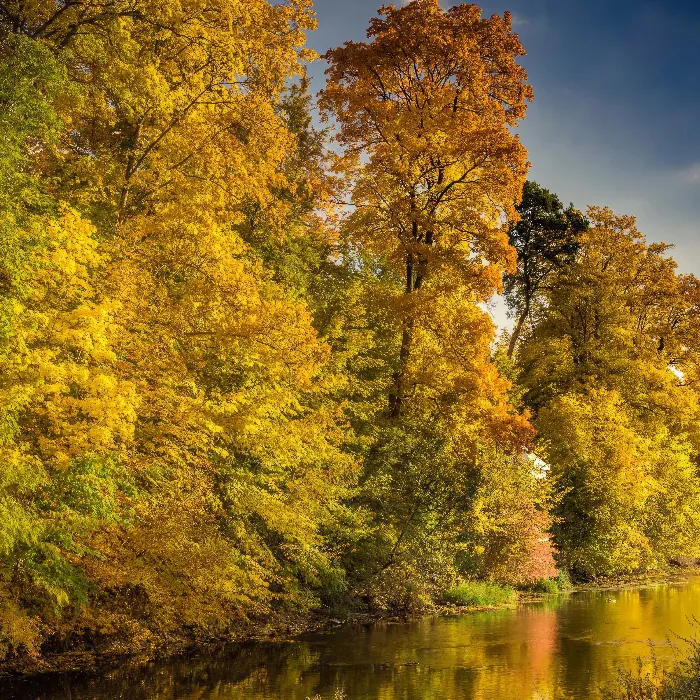Autumn landscapes offer impressive opportunities for photography. The colorful leaves, golden light, and unique textures make this season a true delight for any photographer. In this tutorial, I will show you how to achieve stunning images using a typical pathway in landscape photography. We will learn how important leading lines are and how to effectively integrate them into the composition.
Main Insights
- Leading lines are crucial for the composition of landscape images.
- A clear focal point in the image can guide the viewer's eye.
- Variations in the image help capture different perspectives and moods.
- Exposure and the histogram are essential for a balanced representation.
Step-by-Step Guide
1. Choosing the Subject
Walk along an autumn path lined with colorful leaves and trees. Make sure the landscape offers interesting leading lines that guide the eye to the end of the path. Here you can already see a beautiful representation where the path and surrounding elements work harmoniously together.
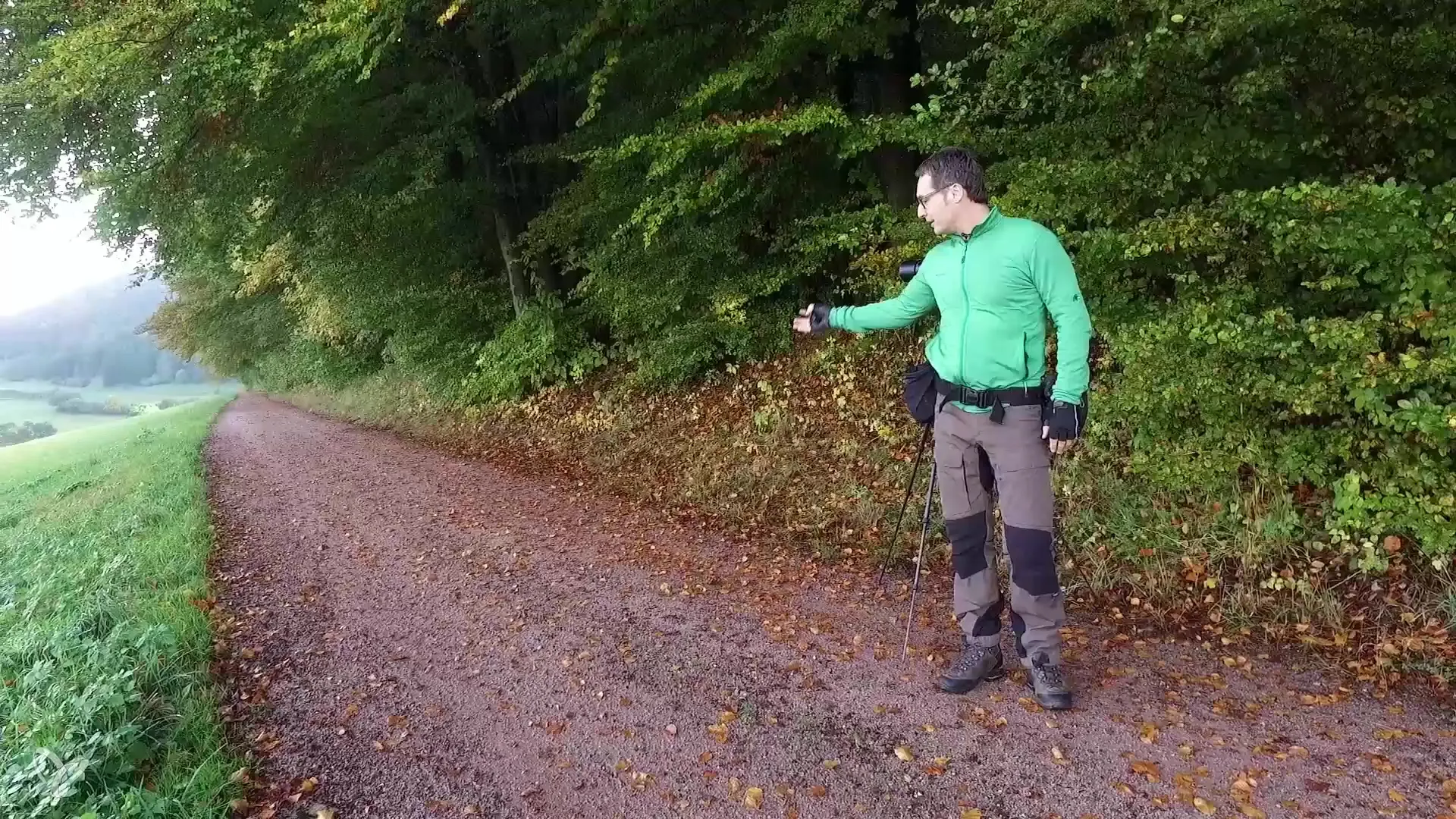
2. The Right Composition
In composing a harmonious image, leading lines are essential. Here, all lines lead to a specific point in the image - a focal point that ties the entire image together. Ideally, position this point in one of the thirds of the image to make the overall picture more engaging.
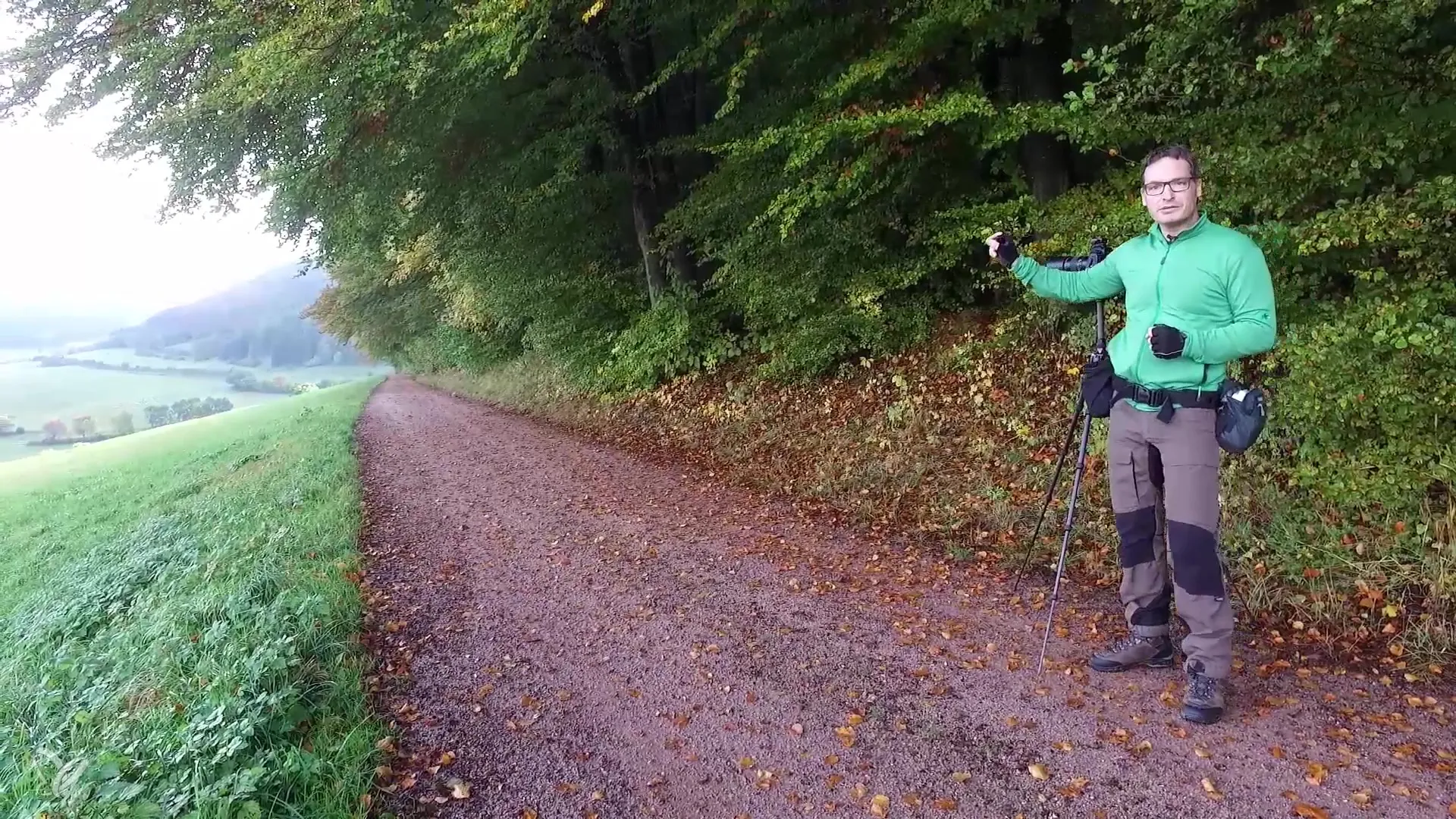
3. Utilizing Light and Shadow
Pay attention to how light works in the landscape. Bright and dark areas in the image can create contrasts that influence the overall mood of the image. By ensuring a good distribution of these elements, you give your image more depth and dimension.
4. Choosing Camera Settings
Set your camera to an aperture of 8 and use aperture priority to achieve a balanced exposure. Activate the histogram to monitor your tonal values. Ensure that the values are neither underexposed nor overexposed. This setting will help you achieve the best results.
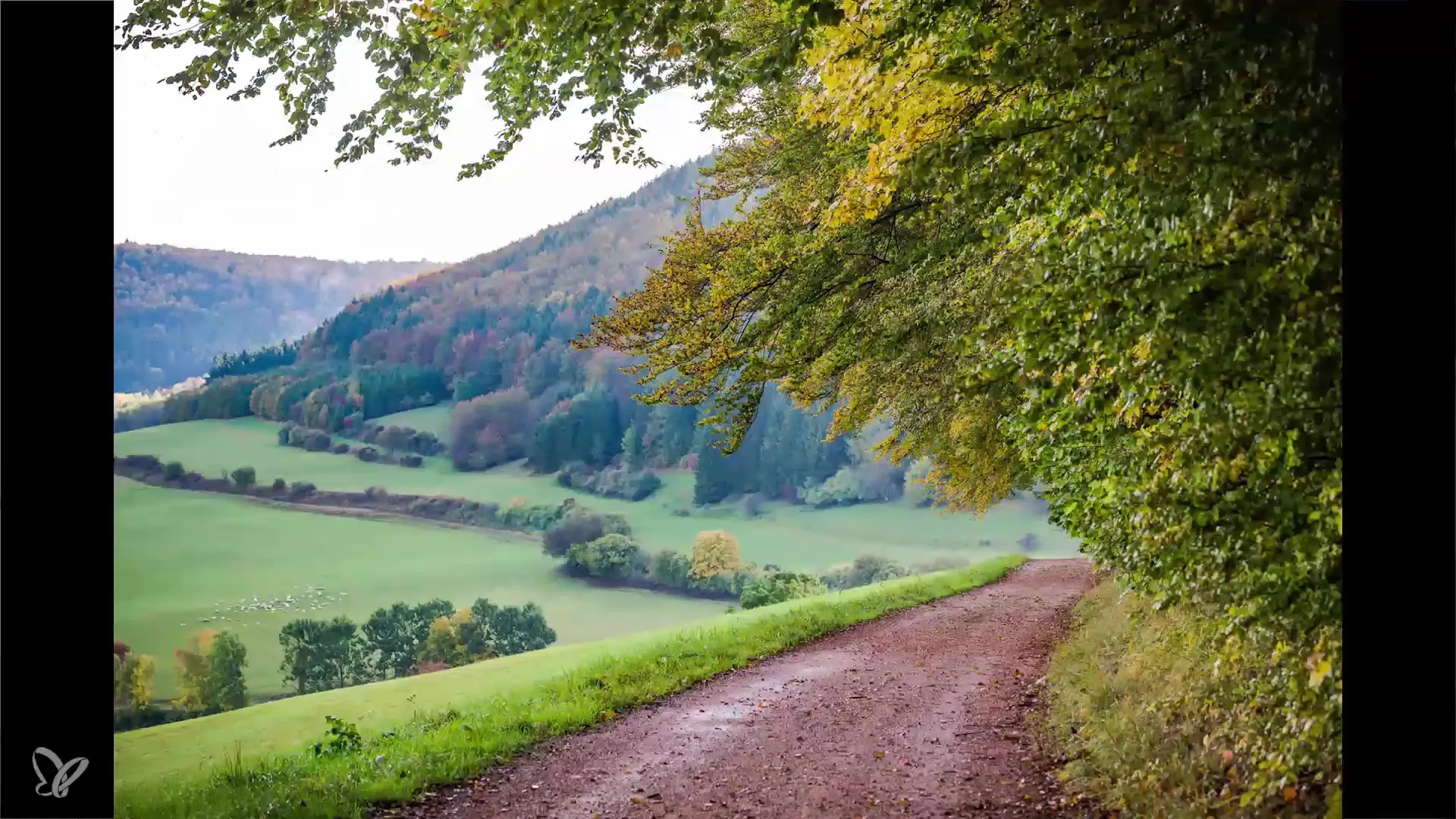
5. Varying Perspectives
To capture different moods and impressions, experiment with your position. Take multiple shots from different perspectives and allow yourself to be creative. The goal is to find the best variations of your subject. Less is often more, focus on a few well-thought-out shots.
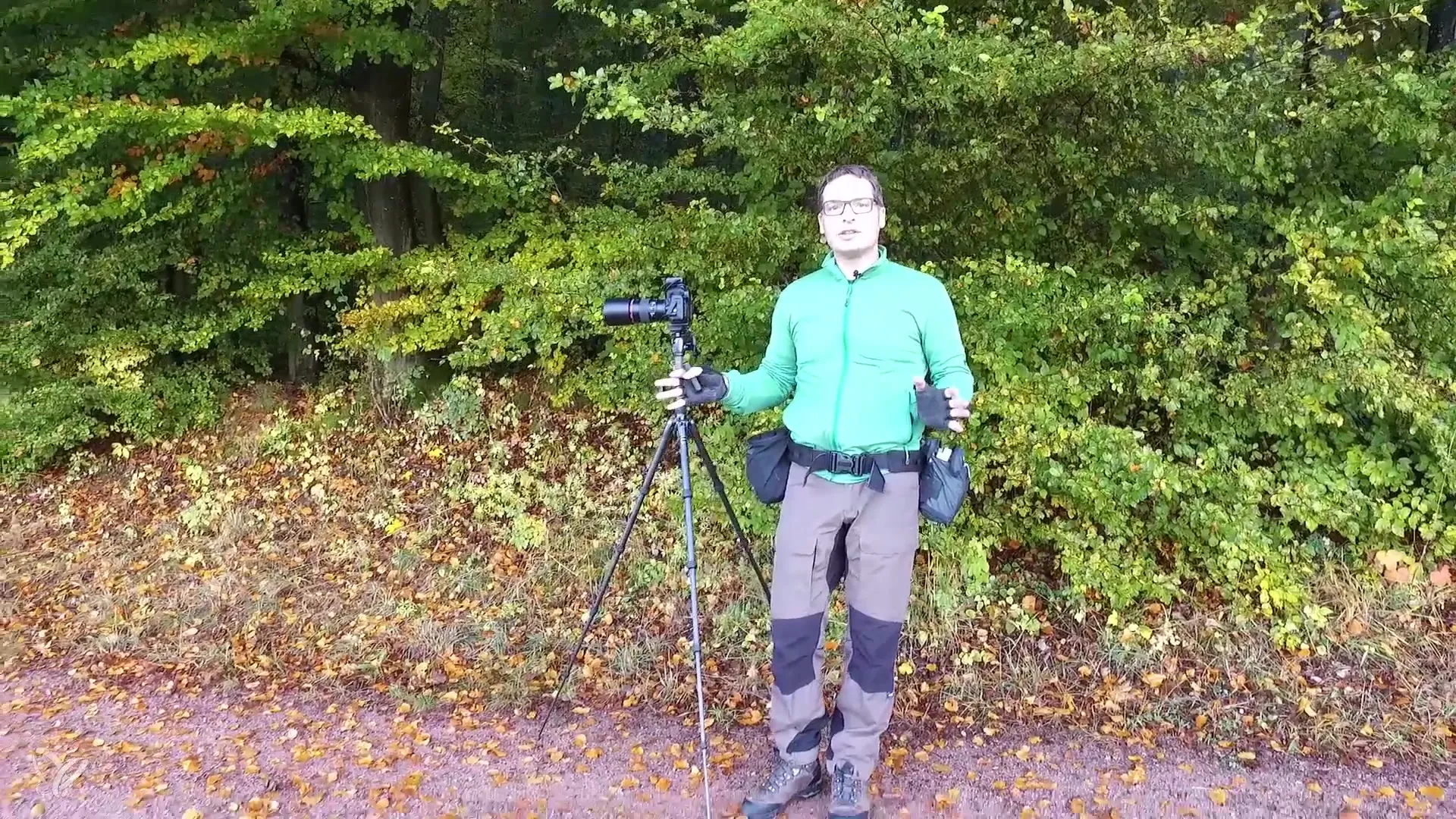
6. Focusing on the Path
Vary the position of the subject in the image by placing more emphasis on the path. It often helps to place the path in the lower thirds. This keeps the focus while viewing on the autumn path, enhancing the image's impact.
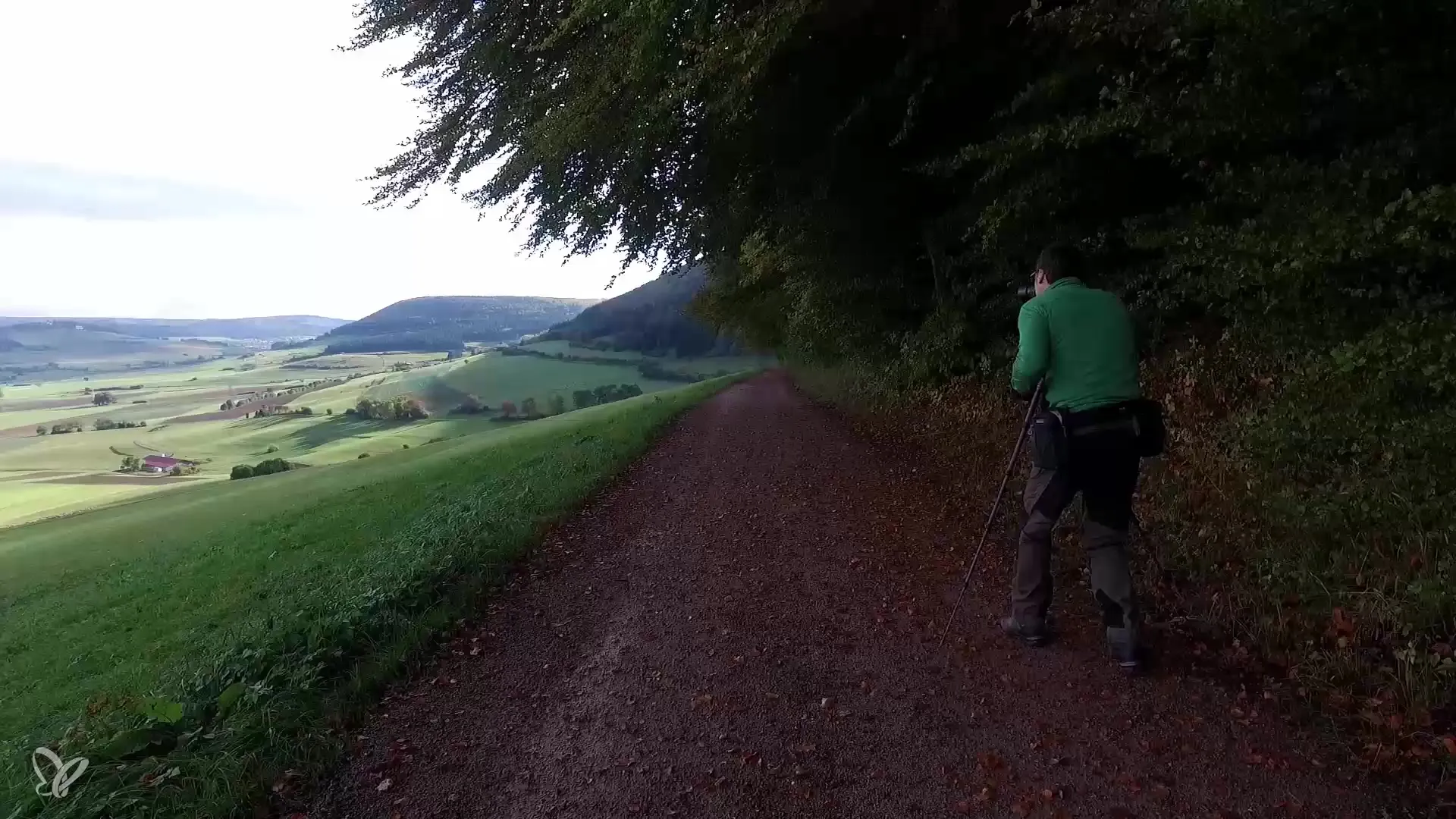
7. Changing Locations and Taking Detail Shots
If you are looking for more interesting perspectives, take a few steps to the side. Your goal is to emphasize the various elements in the image and create visual depth. Pay particular attention to details that could enrich the image, such as autumn leaves or animals in the surroundings.
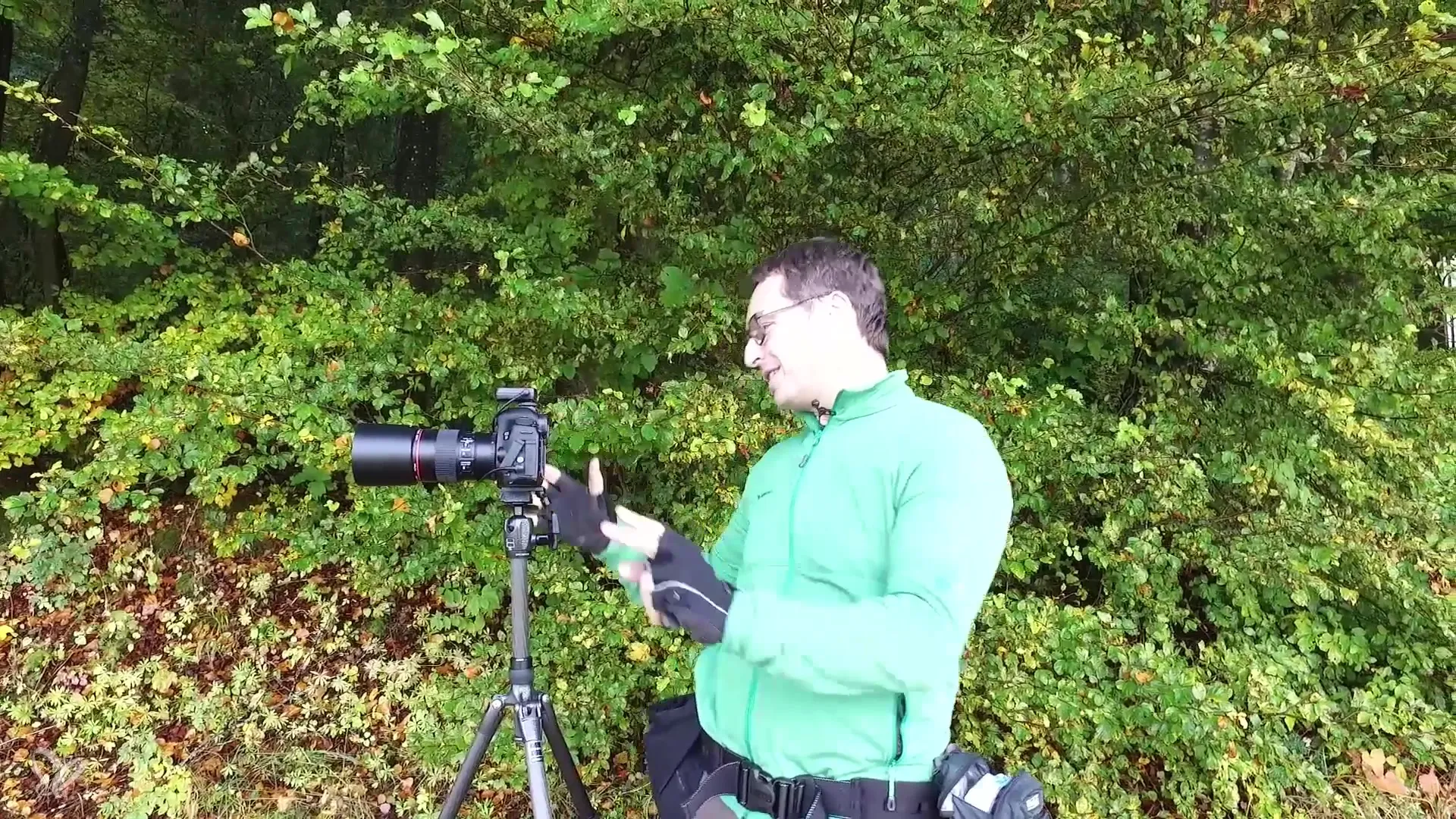
8. Experimenting with Accessories
If you have a telephoto lens, use it to capture specific details like leaves or other structures. This can add a new dimension to your autumn image. Often, unforeseen and beautiful subjects emerge that were not planned.

9. Flexibility in Photography
Be open to spontaneous ideas and encounters during your photo tour. Sometimes, you find the best subjects when you stay relaxed and explore your surroundings. Be quick and flexible to capture the perfect moments.
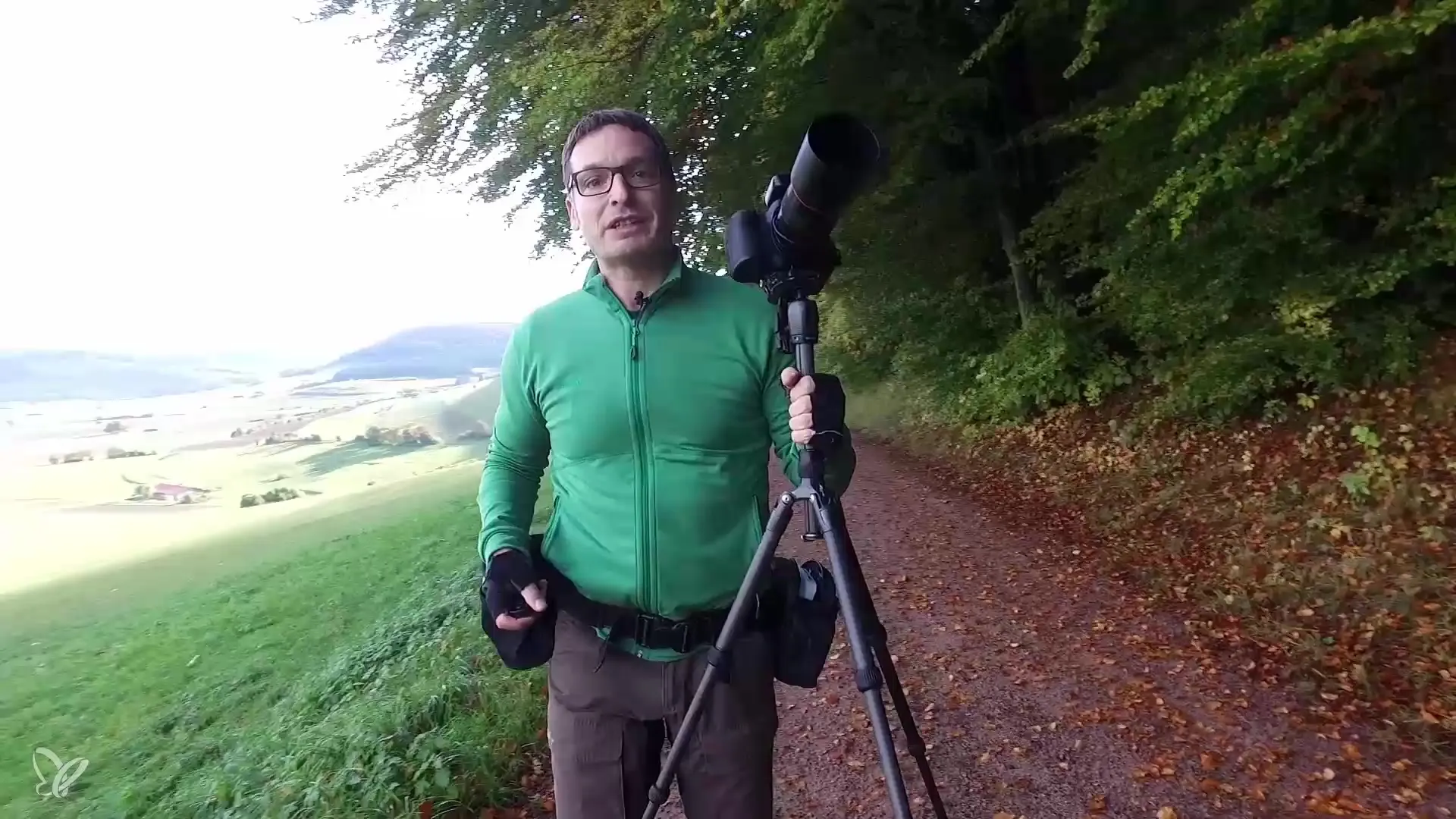
Summary – Autumn Mood with the Light Emotionist: The Perfect Autumn Path
In this guide, you have learned how to optimally utilize the autumn path in landscape photography. We have covered various important aspects to enhance the composition and impact of your shots. With a clear focus on leading lines and well-thought-out compositions, you can create impressive autumn images.
Frequently Asked Questions
How important is leading lines in landscape photography?Leading lines are crucial for guiding the viewer's eye and strengthening the composition.
What camera settings are recommended for autumn subjects?An aperture of 8 and using aperture priority provide a good foundation for photography.
Can I change perspective while photographing?Yes, changing perspective is important for capturing different impressions and moods.
How does light influence the image composition?Light and shadow create contrasts and dimensions that can enhance the impact of the image.
Should I experiment a lot with different shots?Some well-thought-out shots are often more effective than a large number of images without a clear composition.
